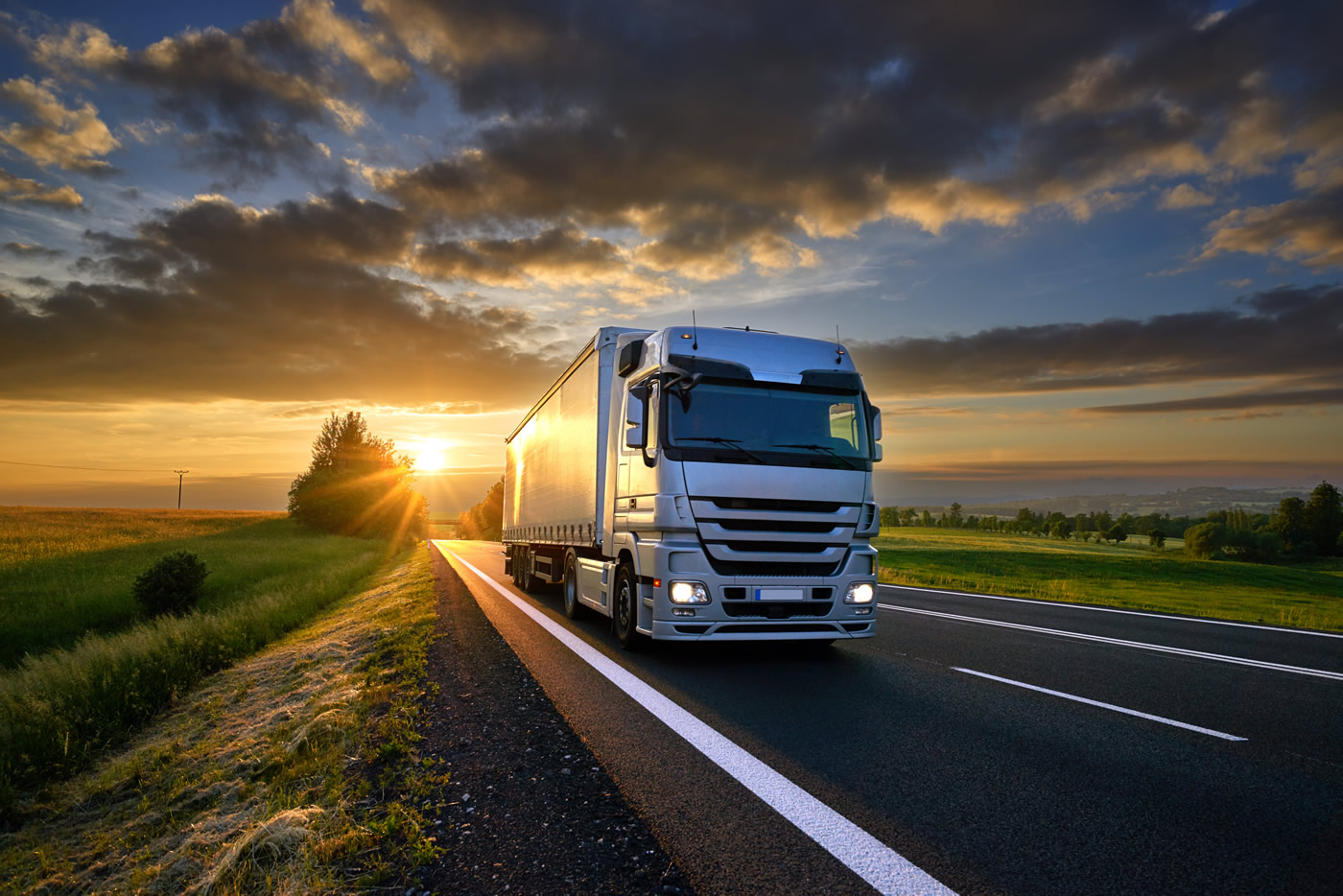Trending on Trucking
Trucking has always been the backbone of the logistics industry. Unfortunately, the final piece of the logistics puzzle has always been treated the same. Improper means of transportation has remained the number one cause of cargo not being delivered in a timely manner. Over the last few years, trucking regulations have become both an industry norm and a hindrance on the market. The leaders of the domestic transportation market are those who are able to forecast trends and integrate solutions into their business. We want to discuss the future of the trucking industry from industry conglomeration to autonomous trucking with sustainable capabilities for the future.
Private truckers and trucking companies alike have always relied on great service, traditional advertising, and client recommendations. This is becoming more difficult with fewer career truckers and price gouging in the domestic transportation market. Before new safety regulations were implemented by DOT, truckers could deliver cargo to a destination at their own pace and make higher profit based on how quickly they could deliver the cargo. With these new regulations, there are less traffic accidents from truckers, but there’s also an efficiency gap from the trucking industry. Most truckers have retired or now choose LTL, less-than-truckload, freight to deliver. Due to forced time constrains, Amazon and Uber Freight are attempting to tackle this problem by using automation and market conglomeration. Self-driving trucks are a great tool for reliability and counters the shortage of truckers driving across the US. Most of these services are CFS station to CFS station, which is only part of the solution. Automation is not yet efficient for last mile deliver services due to safety concerns and various hazards with the technology. Uber Freight and Amazon Prime have adapted to this problem and in turn developed a large market share in last mile delivery of cargo. With the current market adjustments, it’s now easier for part time drivers to work for Amazon or Uber Freight as contractors. These companies provide daily jobs via a mobile app allowing them to cut down on driver costs by hiring (gig economy drivers). We believe one of the biggest trends in trucking is going to be a move towards drivers working last mile deliveries as full container load spotting falls to self-driving trucks unless trucking regulations allow better pay for longer hours and less waiting time.
Trucking in the far future may be a different industry all together. Most truckers can see major issues with rising fuel surcharges and the need to adapt green trucking initiatives. Soon most trucking companies will use electric vehicle fleets as the cost for electric batteries fall and fossil fuels become a thing of the past. Some immediate issues with electric fleets are the size and weight of the batteries needed to operate the large container trucks. We haven’t gotten to the point of being able to produce cheap, lightweight, efficient batteries yet. The combined weight of these batteries and the cargo would raise costs although it might still be cheaper than fossil fuels. Some research trends to combat this problem would be electric highways or a type of rail system for trucks that would charge them as they went. If the industry could adapt this model trucking would be on its way to becoming a completely green industry. Amazon and Uber Freight are the top leaders in innovation and look to have a clean disruption of the trucking industry. As younger people become truckers and dispatchers, they need to remain educated on future trucking trends to predict better ways to move freight more efficiently. The future sees more E-commerce, quicker deliveries, and a bigger demand for truckers. Our hope is that nobody in domestic logistics misses the current trends and gets left behind. The current path of the logistics industry seems unsustainable with rising fuel costs, shortages of truckers; We need to make sure have a destination in mind! Pun intended!

